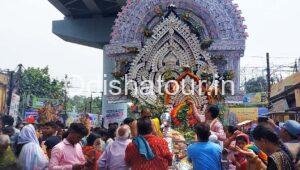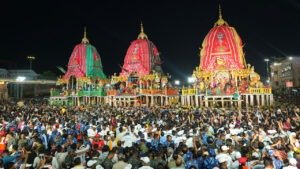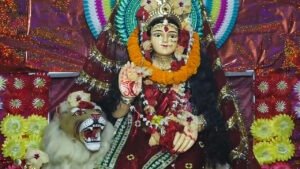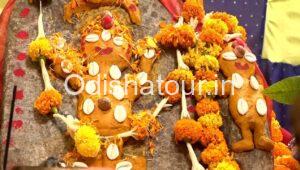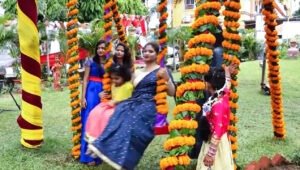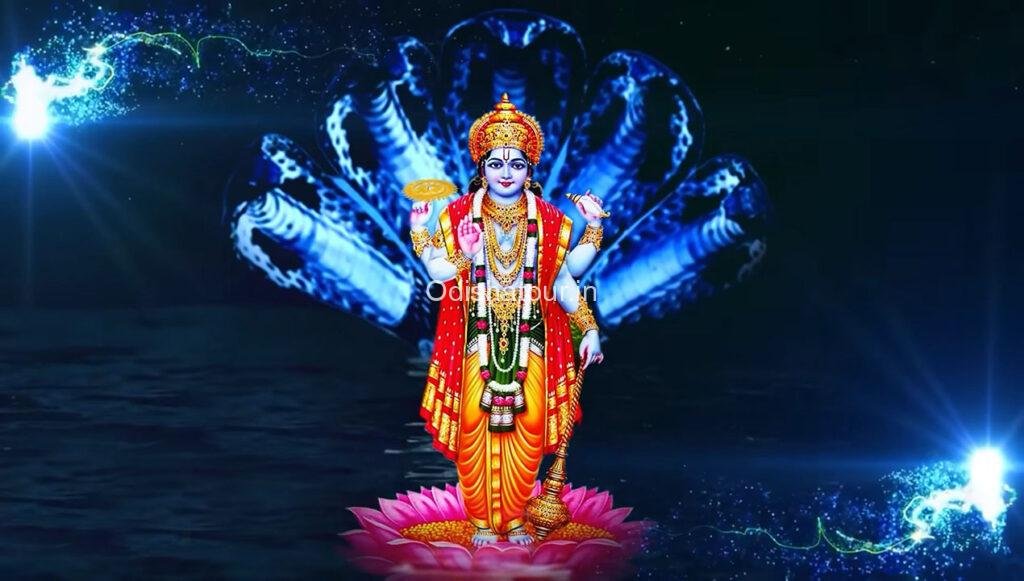
Nirjala Ekadashi is considered to be a very sacred day, and so fast is observed on every eleventh day of the bright and dark half of the month. The eleventh day of the moon is specially set apart for devotional exercises and fasting. It is a day dedicated to the worship of Vishnu. The Vishnu Purana and the Markandeya Purana give detailed
descriptions of the benefits resulting from the observance of Ekadasi brata. In all Ekadasi, fasts are observed in a year, but some Ekadasis, are relatively of greater significance. There are four Nirjala Ekadashi Vrat or Bada Ekadasis is one of these, observed in a year. Not only do people refrain from taking food on this day, but even the intake of water is impermissible. Both men and women, especially widows observe strict fasts and offer puja to Vishnu to ensure happiness, prosperity and forgiveness of transgressions and sins. On the preceding day, which is the 10″ lunar day. In the evening Vishnu is worshipped holding some duba grass in the hand. The night is spent in meditation and prayer. On the day eating rice is prohibited.
Ekadasi Brat
During the Ekadashi, Panchamrut is prepared by mixing milk, ghee, curd, honey and sugar, then offered to the image of Vishnu or poured over the Shaligram and the puja is done with flowers Lamps, water, and incense. The faithful observance of the fast and other rituals on this day ensures happiness, salvation, longevity and prosperity. Ekadasi row and vigil enhance mental equipoise, and tolerance powers and grant great religious merit. her ance and spiritual In medieval Odisha, the prevalence of Vaishnavism gives a clear picture of following fasts before lord Vishnu. This Ekadashi Vrat is a process of self-realization and consciousness towards spiritualism that prevailed during the period under review and toll-row continuing through the modern age.


